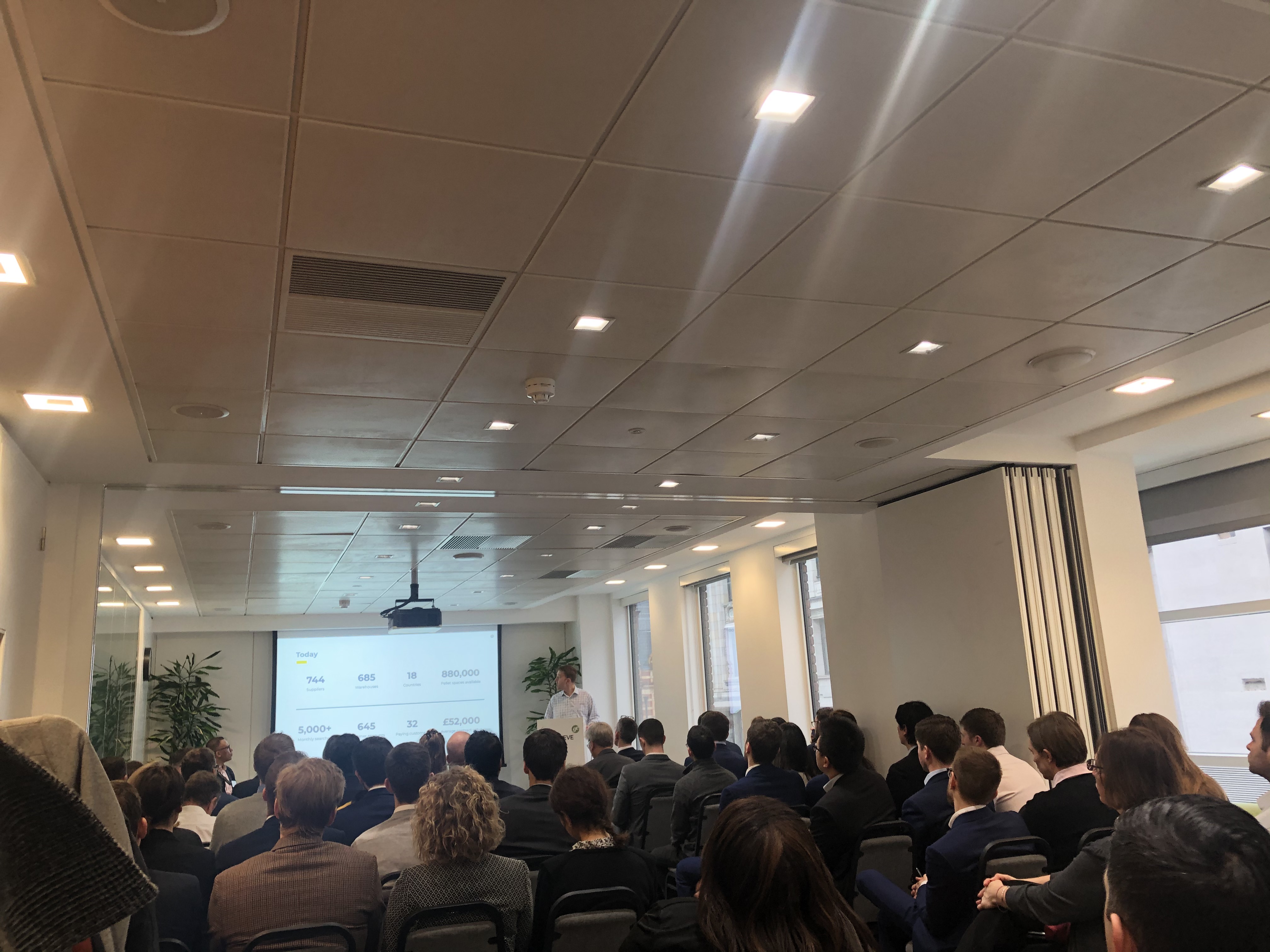What role does flexible logistics play in the modern supply chain?
Gerald Eve, 27th February, 2020
The demand for flexible logistics space options is clearly escalating as digitisation takes hold in many sectors, particularly retailing, and as populations become more urban. Charlie Pool, CEO of warehouse marketplace Stowga, has seen this growing trend first-hand in the years since he founded the company in 2016. There is now a shortage of logistics supply in the UK, which is causing problems for many users, notably in the length of time needed to acquire space – often up to 18 months, compared to the 48 hours that Stowga typically takes. Reasons why clients use Stowga’s services include a rapidly growing demand for space, the desire to test the ground for moving into new locations and the need for distribution points closer to customers.
Nevertheless, Pool candidly admitted that his business hasn’t seen the amount of expansion he had been hoping for. One reason could be that third party logistics operators (3PLs) like C.H. Robinson and XPO Logistics (who are actually Stowga customers) already play a big role in providing flexible solutions to companies’ warehousing needs. When Steve Sharman, Head of Research at Gerald Eve, who chaired the meeting, polled the audience on the potential hurdles to taking up flex logistics, the relatively complex operating model was rated a bigger issue than security, inventory tracking or cost. Pool suggested that in future Stowga might focus more on providing data on firms’ warehousing requirements, information that they are collecting in abundance, rather than acting purely as a market maker.


Paul Hanley, Vice President and Market Officer, Prologis described how his organisation is developing a new flexible warehousing model, which is typified by their Bow Yard project, a 4-storey Victorian warehouse refurbishment. The scheme’s avant garde credentials where highlighted in the video clip he showed to the meeting. The flexible space not only has a high level of functionality, for example with goods lifts providing easy access to each floor, but also provides many amenities to the users including a gym and café.
This aspect of Bow Yard has something in common with the flex office offerings now seen in the market, something that was evident from Julian Chambers’ presentation on the Regus model. In his role as Head of Partnership Growth, he is helping Regus to use franchising in the quest for a massive expansion of their global presence to some 50,000 locations. He quoted JLL research suggesting that as much of 30% of commercial real estate may follow a flexible form in future, and Regus do not rule out the possibility of getting involved in flex logistics in that period.
Tim Horsey